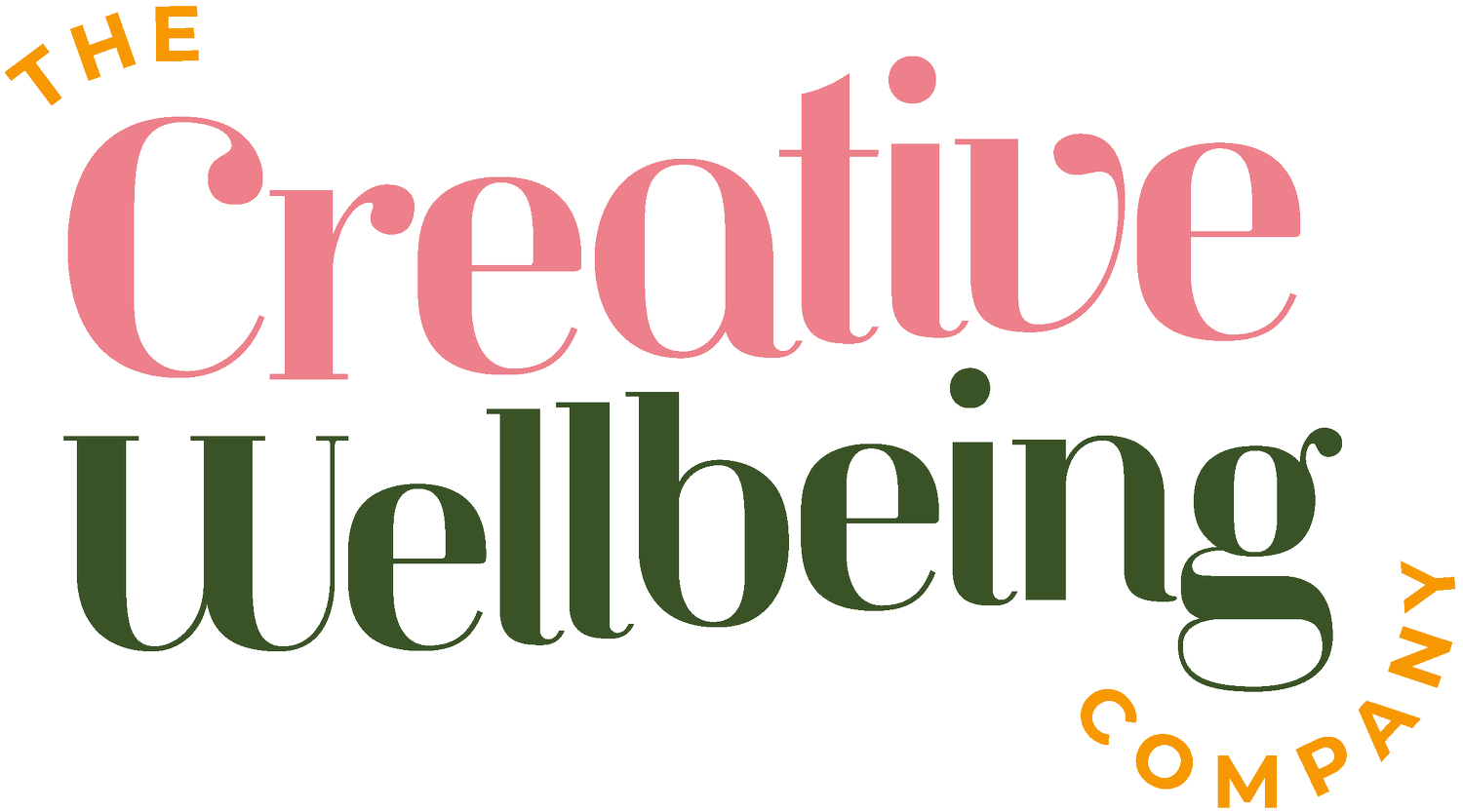How Can Creativity help with Stress?
Stress impacts us all at some point in our lives. It challenges us all in different ways, at different times and for different lengths of time. And for some reason, it largely goes unnoticed, or not taken seriously. But the reality is that by not dealing with stress effectively it can lead to numerous health problems. By raising the awareness around stress, we can try to recognise signs of it in ourselves, and in those around us, before burnout or illness hits.
Did you know that April is Stress Awareness Month. It’s a chance to have an open conversation on the impact of stress. Dedicated to removing the guilt, shame, and stigma around mental health. To talk about stress, and its effects and open up about our mental and emotional state with friends, families, colleagues, and professionals.
I’m sure we can all recognise that first moment of stress, when we’re put on the spot or faced with a tricky situation…heart pounding, breathing fast, sweaty palms, brain fog…and then we usually click back into action, and use our boost of energy to deal with the situation.
At this level, stress can be useful, as it enables ‘flight or fight’ and allows us to respond to a situation. But if we operate under stress for too long, that’s where it can really impact our health long term.
Stress impacts our performance at work too - it can cause us to become withdrawn, angry and inpatient. And overall, it can mean there is a higher turnover of staff, increased absenteeism and low productivity.
So, what can we do to combat stress? Yes, we can stop encouraging a long-hours work culture, and encourage employees to take their holiday entitlement. But what about creativity? Taking time to be creative has proven to significantly improve our mental health. From painting, dancing, cooking or gardening, creativity allows us time to achieve ‘flow state’ and escape from the stresses that we face in our daily life, and improve confidence, connection, and self-belief.
Creativity is a powerful tool that we all have access to. The trick is finding something that we love to do, and that we allow ourselves time to do it.
We don’t need to be artists, or even consider ourselves to be creatives. But like anything, we need to practice it, it’s a muscle that we need to use and test. By incorporating creativity into our habits, it will become easier to call on our creativity to help deal with a stressful situation, or a problem we need to solve. Creativity allows us to think differently, and use our imagination. Things have been tough for businesses since covid, and in the workplace, creativity can mean the difference for growth.
So, what can you do to harness your creativity, check out our ideas below:
Painting and drawing. Don’t think you can draw? Then go for abstract - use your breath to create flow with your paint or pencil. Don’t start with a pre-set outcome, just start and see what comes out on the paper. Or doodle - your thoughts, feelings, or just shapes and patterns. Or take the pressure off and try colouring in - the perfect switch off before bed.
Singing & Dancing
Gardening
Getting into nature - just 30 minutes spent outside each day can have a huge positive impact on our health.
Cooking
And the best thing about creativity - it’s even better when it’s shared. By spending time being creative with your teammates, it can improve connection and improve your team performance. And we guarantee you’ll learn more about your colleagues by spending creative time with them.
